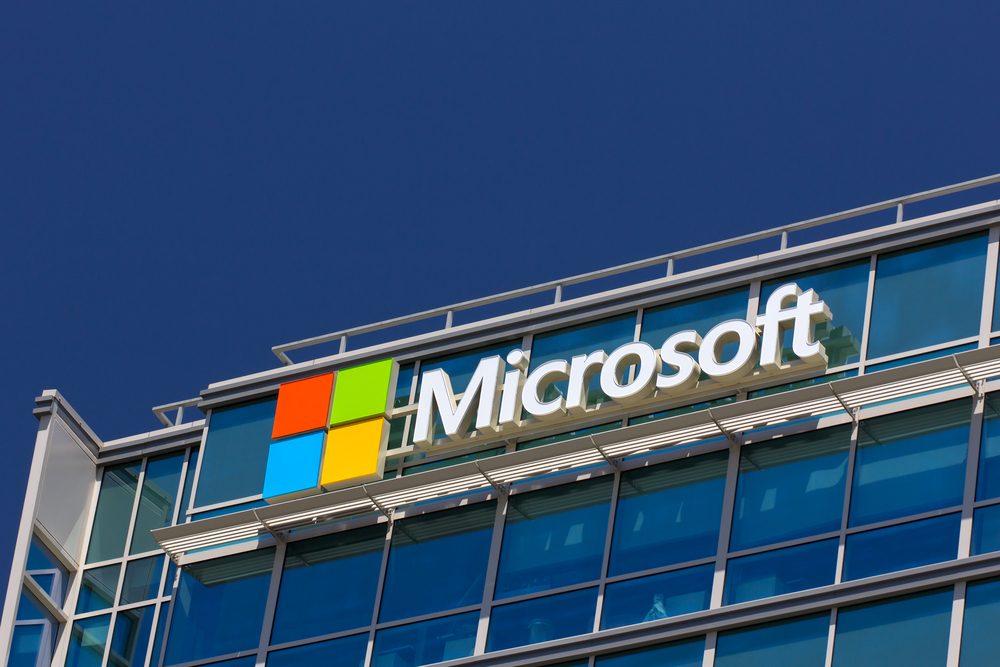View from the airport: Microsoft Build 2017
From Cortana to Project Rome and mixed reality, Build this year was a hell of a show

Microsoft's annual Build developer conference took place in Seattle's Washington State Convention Center this year from 10-12 May.
This year, Microsoft chose to share all of its nitty gritty stuff on day one and reserved its more consumer-facing products for day two. There were a few underlying themes that stood out to me: artificial intelligence, cross-platform integration, an open source-feel and Microsoft urging developers to code on Windows for non-native apps.
With Windows 10 now having 500 million monthly active users, the tech-giant wants to remind developers that it's worth investing time and effort into its products. From chatbots and apps for Microsoft Teams, to seeding AI through Azure stack, IoT Edge, and Microsoft Cognitive Services to provide a safer workplace for individuals on a construction site, this year's Build had a lot to offer.
Here are some of the things that really caught my eye.
Project Rome SDK for iOS developers
This Microsoft project is a way for developers to connect their apps across devices. Previously aimed at Android developers, the functionality is now open to iOS developers, allowing a great way for those who want to test their apps in separate environments simultaneously to do so. This is achievable through the Xamarin Live Player, which will allow developers to debug and test iOS apps on a Windows machine.
Cortana is now more useful than ever
Sign up today and you will receive a free copy of our Future Focus 2025 report - the leading guidance on AI, cybersecurity and other IT challenges as per 700+ senior executives
The somewhat unpopular AI assistant has been transformed into a cross-device, multi-purpose voice assistant. Used by 140 million users on a monthly basis, Microsoft encouraged developers to give more purpose to its AI software.
Through a live demonstration, the company showcased how the voice assistant could work in companies collaborating through Microsoft Teams, or remind you that your connected car is out of petrol. An Amazon and Google speaker competitor was showcased too, the Harman Kardon's Invoke; a Cortana-based speaker. Microsoft also announced partnerships with both Intel and HP, which should also lead to more apps and products with Cortana integration.
For developers, Microsoft announced its Cognitive Service and Bot Framework, which work together to allow an AI bot, like Cortana, to learn from user interactions. This makes conversational AI bots more life-like, a feature demonstrated by the Invoke speaker.
Mixed reality developments
On day two's keynote, Microsoft and the creative team from Cirque de Soleil showcased the benefits of using HoloLens by creating a virtual stage, live. This also demonstrated the ability to collaborate via HoloLens, no matter where you are in the world.
However, that's not what got people excited the Motion Controllers for Mixed Reality platforms did. Finally, just like the HTC Vive, you'll have controllers that will allow you to interact with the mixed reality headsets offered by Microsoft and its partners. The Acer $299 and the HP $329 dev kits were also announced at the event, which for a limited time will come bundled with the motion controllers. No UK pricing, availability or individual pricing for the controllers was announced, though.
Azure now works on mobile
A feature that exited a few developers at the keynote was Azure's new mobile app, which will be available on iOS and Android. A Windows 10 UMP app is also in the works, which will let you keep an eye out for activities through your Azure dashboard while on the go.
Azure IoT Edge is scalable and powerful
In a live demo, Microsoft showcased the power of Azure IoT Edge, its cross-platform runtime. In the demonstration Microsoft put us in a construction scenario, with dangerous equipment and products on a construction site. Using connected security cameras with image recognition and inputted data sets, a manager is able to monitor people and tools on site. The real-time tracking and AI-based recognition completely transforms the environment by individually tagging each item, whether it's an object or a human.
With 12 million organisations using Azure Active Directory, Microsoft is pushing for developers and companies to better its recognition capabilities and with 90% of the Fortune 500 on the Microsoft Cloud, I see this becoming a key tool for businesses.
Azure Cosmos DB is out
The service, previously known as DocumentDB, has received a healthy update. You'll now be able to visually see inputted values in a database, allowing you to quickly see a full reproduction of your data.
Visual Studio is now on Mac
Developers who code on Mac rejoice! Visual Studio for Mac means you'll be able to access Microsoft's Integrated Development Environment (IDE) on Apple's operating system. It will work on mobile, web, Unity and Azure. Of course, you'll need to be a developer to access this, but I presume most looking at getting Visual Studio will already have that certified badge.
PowerPoint can now translate
Following on from the unveiling of Skype Translator back in 2014, Microsoft has added a similar new feature to PowerPoint.
With the help of AI, the presentation software can now translate your slides in real-time. Sure, it isn't flawless, but the room and myself were all impressed at how quickly and accurately it could translate spoken Spanish to written English. There are currently ten languages available, with more to come.
-
 Microsoft wants to replace C and C++ with Rust by 2030
Microsoft wants to replace C and C++ with Rust by 2030News Windows won’t be rewritten in Rust using AI, according to a senior Microsoft engineer, but the company still has bold plans for embracing the popular programming language
-
 Google drops $4.75bn on data center and energy firm Intersect
Google drops $4.75bn on data center and energy firm IntersectNews The investment marks the latest move from Google to boost its infrastructure sustainability credentials